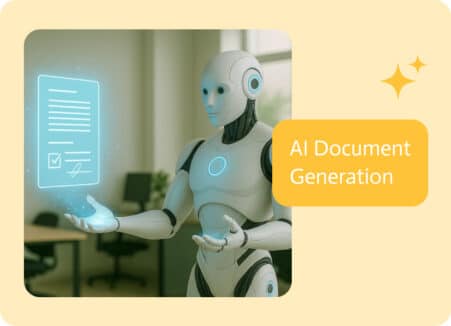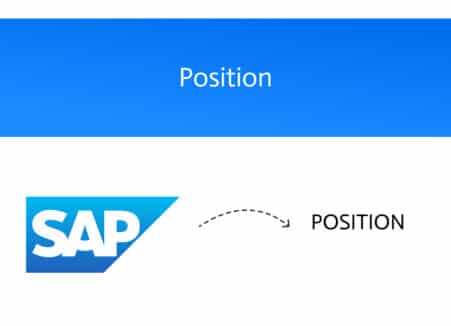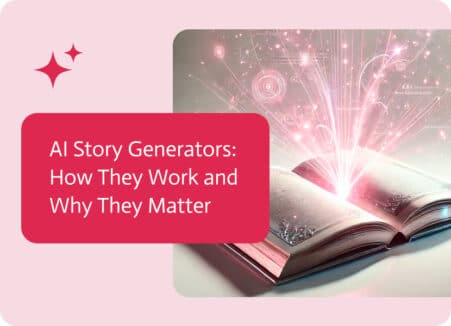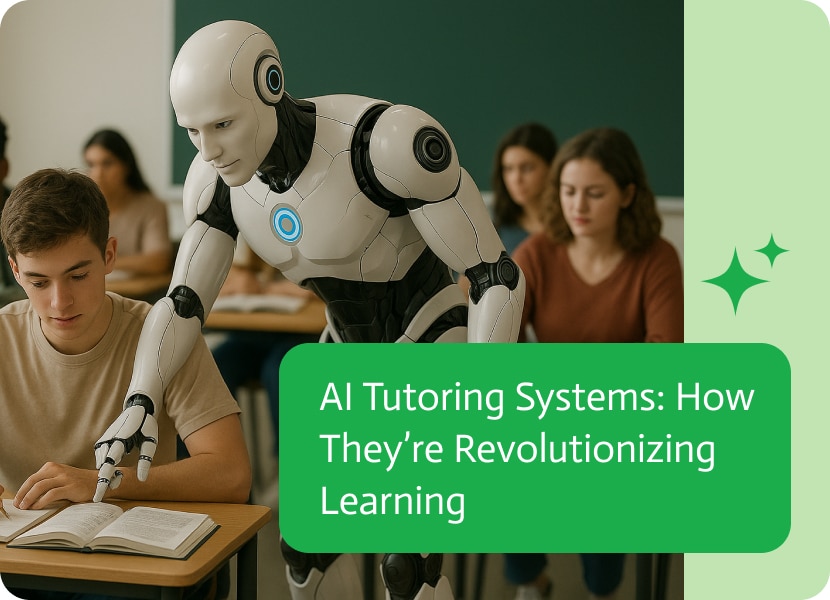
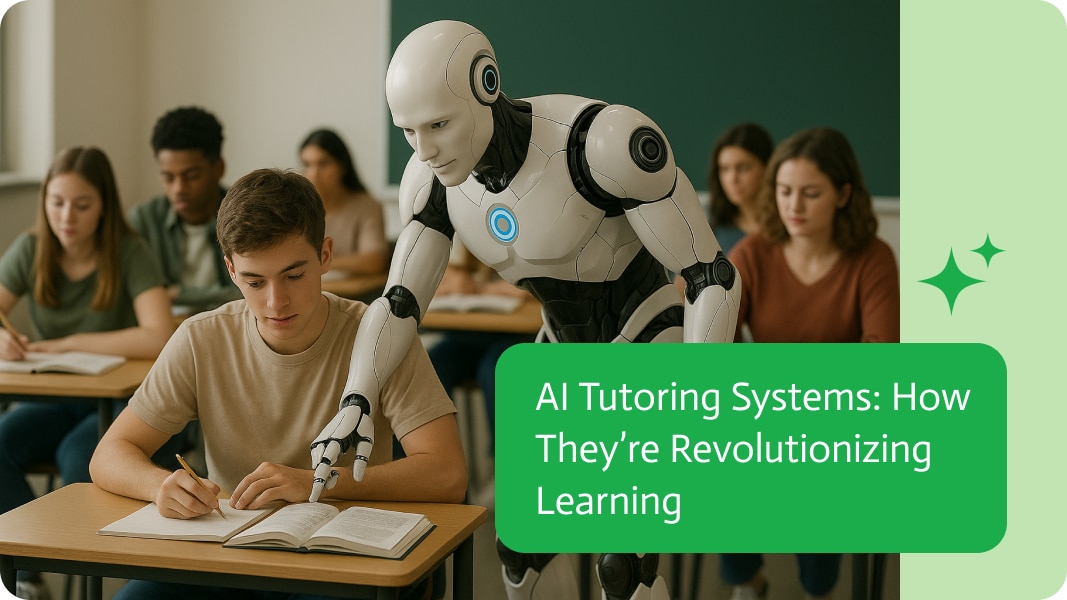
AI Tutoring Systems: How They’re Revolutionizing Learning
AI tutoring systems are basically computer programs that use artificial intelligence to act like human tutors, giving you a learning experience that’s just for you. They can figure out how well you’re doing, change the way they teach to match how you learn, and give you specific advice, clues, explanations, and stuff to read or watch.
AI Tutoring Systems: Your New Digital Study Buddy
Remember when getting help meant sitting down with someone who might not even want to be there, flipping through a textbook? These days, it could just as easily be you chatting with a computer program late at night. This program remembers what you messed up last week, never gets tired, and doesn’t charge you by the hour. That’s AI tutoring. It’s where education meets smart computers, and the old rules of learning are changing.
What’s an AI Tutoring System, Really?
AI tutoring systems are computer programs that are made to teach, quiz you, and help you learn, kind of like a real person. But here’s the cool part: instead of just giving you the same old lessons, these systems change as you go. If you’re having a hard time with fractions but know multiplication like the back of your hand, the AI changes what it teaches you. If you hesitate when you’re reading out loud, it notices that too. These aren’t just fancy flashcards. They’re like real learning partners that use artificial intelligence to make the lesson fit you.
So, how does all this work? The systems use things like machine learning (where the computer learns from experience), processing of normal human language, and sometimes even computer vision to look at how you’re doing, guess how you learn, and give you help that’s just for you. You end up with a learning experience that feels less like talking to a robot and more like talking to someone who really knows you. Someone who, unlike your math teacher, won’t roll their eyes when you ask about fractions again.
Why Should You Care? (Spoiler: A Lot)
Let’s get straight to the point. Why are AI tutors a big deal? These things fix some real problems in education.
1. Learning That’s Made Just for You, for Everyone
A teacher can only do so much. How can they handle thirty kids, each with different needs, learning speeds, and attention spans? It’s almost impossible. But an AI tutor can change the content, speed, and how difficult things are for every single student, all at the same time. It’s like having a personal tutor for everyone without having to clone your favorite teacher.
2. Always There for You
You don’t have to wait for tutoring anymore. AI doesn’t sleep, doesn’t take breaks, and doesn’t care if you log in at 3 AM to study for your history test. It’s always there, on your computer, phone, or whatever, ready to explain things, quiz you, or give you a pep talk.
3. Advice That’s Actually Useful
No more just getting a wrong mark. AI tutors give you advice right away that you can actually use. It doesn’t just tell you you’re wrong but tells you why it’s wrong and how to fix it. Some can even walk you through a problem, step by step, helping you figure out the answer yourself.
4. Cheap and Easy to Get To
Private tutoring is expensive. In some places, it’s only for the rich. AI tutoring makes things fairer by giving everyone access to good teaching at a much lower price, sometimes for free. This is a huge deal for kids in schools that don’t have enough money or who live far away from everything.
5. Data That Teachers Can Use
Behind every click and answer, there’s a ton of information about how you learn. AI systems turn that into useful stuff. Who’s having trouble with percentages? Who might have trouble reading? Teachers get a better idea of what’s going on sooner, so they can help better.
Building One: Not Just for Tech Experts
f you want to build your own AI tutor, here’s some cool info: it’s not just for big tech companies anymore.
If you know how to code, tools like TensorFlow, PyTorch, and LangChain let you build your own AI from scratch. You can train the AI with your own lessons and add ways for it to talk, see, or read.
If you want something easier, platforms like Voiceflow, Bubble, or Thunkable let you drag and drop things to create your AI. With prompt to chat bot, you can turn simple natural-language instructions into actions your AI tutor performs—like quizzing you on Spanish words or acting as a math helper that talks like a pirate. Why not?
You can also use existing systems. APIs from OpenAI or Google can power smart question answering, grade papers, or even have conversations. And if you’re feeling really ambitious, check out open-source education platforms like OpenEdx or Moodle. With the right add-ons, these can host entire courses run by AI.
Can They Be Better? Absolutely. Here’s How
Even the best AI tutors can get better. The future belongs to the systems that are truly thoughtful. Here’s where things are going.
1. Knowing the Whole Story
Imagine an AI tutor that remembers how you’ve been doing for months or even years. Not just the problems you got wrong, but how you felt when you were trying to solve them. That kind of info can make learning way better, more consistent, more understanding, and more helpful.
2. Using Different Ways to Learn
Typing is okay, but what about drawing, speaking, or watching? Future AI tutors will use voice, handwriting, and video to make learning feel more real. You could solve a problem by talking out loud or drawing something that the AI can read.
3. Understanding Feelings
If you’re struggling and don’t say anything, you might not need another hint. You might just need some encouragement. Newer AI models are learning to understand your tone of voice, facial expressions, or when you’re getting frustrated, and respond with kindness.
4. Avoiding Bias and Being Fair
AI isn’t perfect. Like any tool, it can have biases, especially if it’s trained with bad information. People who make it must add ways to spot and fix this, especially in important learning situations where fairness is key.
5. Combining Humans and AI
No AI should replace teachers, but it should help them. Think of the best situation as a classroom where teachers handle mentoring and thinking, while AI takes care of practice and analyzing data.
Is This Changing Everything?
Yep. AI tutoring is changing education. It challenges the old way of teaching everyone the same thing and changes who has the power. You can go at your own speed. Teachers become helpers, not just sources of information. And learning becomes something alive and fun.
Will we still need human tutors? Of course. There are things that machines can’t do: say the right thing at the right time, tell a joke, or see potential in you that you don’t see in yourself. But if AI can take care of checking quizzes and explaining the same thing over and over again, that frees people up to do those things.
How Noca Will Change The Way You Learn
With Noca AI’s no-code app builder, making a custom tutoring system is fast, and you don’t need to write any code. Pick a starting point, like the AI Tutor or Education template, and then say what subject you’re teaching, who it’s for, and how they’ll learn. Noca’s drag-and-drop lets you put together things like chat tutoring, quizzes, flashcards, and lessons. Just drop in things like text boxes, answer cards, and progress bars to make it interactive.
To make the tutoring better, add an AI chatbot. You can change how it acts so it teaches the way you want, like giving step-by-step help, giving hints instead of answers, or using game-like feedback. You can also upload your own stuff or add a database to tell the AI how to respond. Other things like user accounts, progress trackers, schedules, and payment options make it easy to get an intelligent tutoring system going as a web or phone app. You don’t need to be a tech expert.
Traditional Tutoring vs. AI Tutoring Systems
| Traditional Tutoring | AI Tutoring Systems |
| Human-dependent | Tech-driven, scalable |
| Scheduled & location-bound | Available anytime, anywhere |
| Often one-size-fits-all | Personalized learning paths |
| Limited reach | Global accessibility |
| Costly over time | More cost-effective at scale |
| Human empathy and nuance | Rapid feedback and data analysis |
AI tutoring isn’t meant to replace teachers, rather, it’s here to help them. It’s like giving every student a study buddy that never gets tired while letting teachers focus on mentoring and thinking.
What’s Next for AI Tutoring?
- AI Co-teachers in Classrooms: Teachers might use AI helpers to watch how students are doing and give support during lessons.
- Learning Made Just for You: Learning paths could change all the time, based on data and guesses about how you learn.
- Better Emotionally Intelligent Tutors: AI that can see when you’re bored, upset, or confused, and change what it’s doing to help.
- Fair Education: With cheap AI tutors, even people in faraway places can get a good education.
The Bottom Line: A Revolution In Learning
They’re not here to replace teachers or turn schools into screens, they’re here to do what good technology has always done: give us more time, more access, and more freedom. Freedom to learn when we’re ready, to revisit what we don’t understand, and to move forward when we’re finally confident enough to say, “I’ve got this.”
Education has always been personal. AI just makes that easier to scale. The question now isn’t if AI tutors will change learning, it’s how far we’re willing to take them and whether we’re bold enough to build tools that are not just smart but deeply human in their purpose.
The future of education is knocking. It doesn’t sound like a lecture—it sounds like a friendly ping from an app that knows you’ve almost mastered algebra… and believes you’re smarter than you think.
